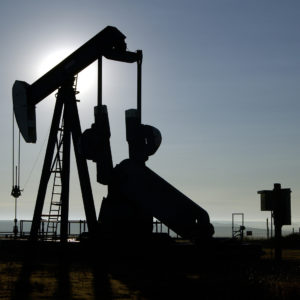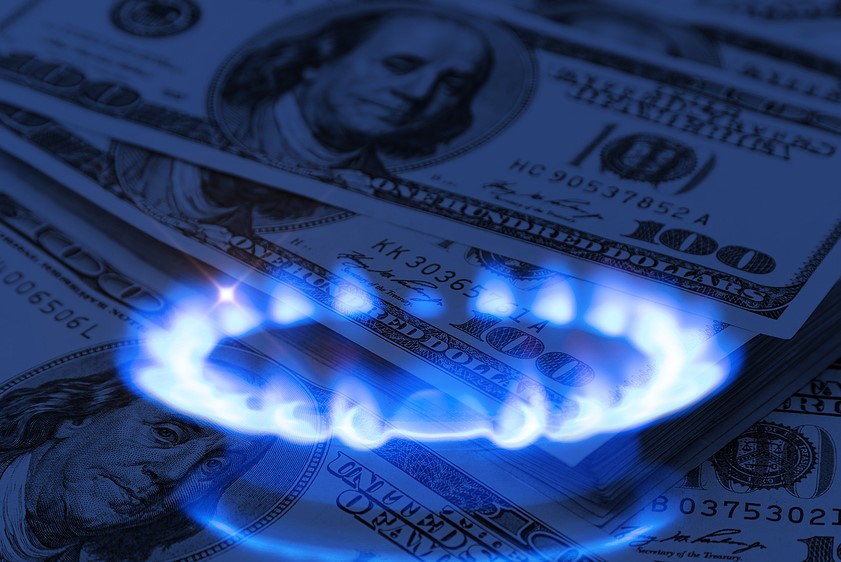BAKER: An Export Terminal for Natural Gas is Essential in Southeast PA

When I was in the Senate of Pennsylvania, representing Chester County years ago, and serving as xhairman of the labor and industry committee, we became aware of the Marcellus Shale, the massive natural gas play that spans a sizeable portion of Pennsylvania. At the time, we did not realize its full potential, although we knew it was something good for our state and wanted to know more about it.
Fast forward to today, when Pennsylvania is the second top producer of natural gas, behind only Texas. The policy decisions made so many years ago are now hitting us squarely as a region, state and nation.
Our future depends on our ability to take the product of the Marcellus Shale, natural gas, and get it to those who need and want it. In its liquefied form, or LNG, can be shipped stored and used for production. Although Pennsylvania is a major producer of natural gas, exporting LNG to Europe and other distant markets is not happening within the state. To do this efficiently, we need a Southeast Pennsylvania LNG shipping depot, and on a scale that’s capable of serving the world.
We need bipartisan cooperation to make this happen, however, and there is a lot to say favorably about the current governor and the General Assembly’s intent. Earlier this year, a Philadelphia LNG Export Task Force was formed with bipartisan support to come up with concrete aims and suggestions that will be captured in a final report expected later this year.
As my friend Jeff Kotula, president of the Washington County (near Pittsburgh) Chamber, major drilling source in the state, likes to say, about Pennsylvania, “The power to prosper is under our feet!” Only Texas has more natural gas than we do, and when you add our two states, only Saudi Arabia has more than the US.
Pipelines are valuable to get the drilled gas from its production areas in Ohio, West Virginia and Western Pennsylvania. The west to east pipeline is invaluable. In fact, pipelines are more efficient than trucks or railroad cars, which are also used to ship gas. Additional pipeline capacity may be needed to move natural gas to the southeast region of Pennsylvania to ship overseas.
Having an LNG export facility will help address the need for energy as the Russian invasion of Ukraine continues and rebalancing of energy supplies occurs. Like the beginning of the shale revolution, we must have reasonable policies in place to encourage natural gas drilling and infrastructure for transporting exporting LNG from the southeast. Developing and shipping our resources will make Pennsylvania even more prosperous.








